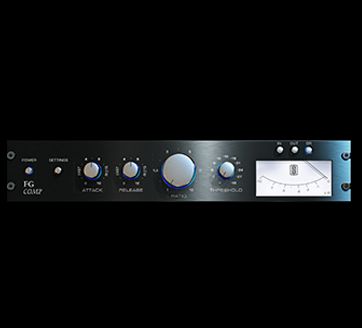

SLATE FGX REVIEW GEARSLUTZ PROFESSIONAL
Mixbus provides professional features such as Loudness Analysis (dBTP+LUFS+LU Range), LTC (SMPTE) generation and sync video pullup/pulldown.Industry standard plug-in support: Mixbus loads AudioUnit (AU) plug-ins on OSX and VST3, VST and LV2 plug-ins on all platforms.Extensive DAW editing features including "Smart Tool", Ripple Edit, and configurable keybindings for nearly every operation.Comprehensive "at-a-glance" metering with peak, peak hold, and compressor gain reduction visible on every track and bus.Automatic plug-in delay compensation to support effects such as parallel compression without time misalignment.Stereo Master Bus that features Tone Controls, Analog Tape Saturation, K-meter, Stereo Correlation Meter, and Limiter.Polarity, Input trim, High-pass Filter, Sweepable 3-band EQ, Compression, and 8 Mix Bus sends on every track.Unlimited MIDI tracks, each with virtual instrument support, unlimited plug-ins, sends and inserts.Unlimited stereo or mono input channels, each with unlimited plug-ins, sends, and hardware inserts (limited only by CPU and disc speed).The Mixbus engine is internally dithered, ramped, and gain staged so that sound quality is preserved as close to analog as possible.Precision algorithms for EQ, Filter, Compression, Analog Tape Saturation, and Summing.Straightforward "knob per function" mixer layout based on Harrison's renowned music consoles.If that's not you, you simply have to try FG-X.

Overall, FG-X entirely fulfils its remit and sets a new standard in loudness maximisation, delivering some neat dynamic-shaping options on the side.įG-X does require that your mixes are of a certain standard in order to work its magic, so if you're still learning the ropes of mixing, you might not reap the benefits of it. Even so, the results are preferable to the nauseating pumping of a limiter or the hard-to-control distortion of clipping/saturation. If you crave extreme levels (say, up to a deafening -5dB RMS), FG-X will comply with your instructions, but you'll get some treble distortion and audible transient saturation. In fact, we could even get it sounding a little louder!

FG-X was less squashed, more punchy, and more like the original mix. We even tried FG-X on some unmastered mixes of commercial tracks, and the results quickly exceeded the original released versions, which had used painstakingly dialled-in plug-in chains to get the levels up. With a decent mix, we had no problems getting our masters up to commercial levels. Those guitar chugs, for instance, stay right up in your face.įG-X is very transparent indeed. Not so with FG-X: elements stay focused and locked in their places, and the bass remains solid. With limiters, mix elements are always jostling for attention for example, chugging guitars can sink back slightly behind thudding kick drums. At sensibly loud levels (eg, up to -9dB RMS), FG_X had the edge over other loudness processors we tried - even beating our previous favourite, Ozone 4's limiter. We tested FG-X on material in a range of modern genres, from indie, rock and metal to DnB and hard dance. Oh, and it's worth a try on instruments, too - we like what it can do on a drums bus, for instance. Interestingly, it's one of the few master bus compressors we've found to be useful with complex, full-on material like extreme metal, as it can control these mixes without simply overreacting. We found it equally adept at providing subtle mix 'glue', gentle level riding, and giving material a 'compressed' feel without being obnoxious. It's hard to make it pump, yet somehow it still grabs the transients in all the right places. Sonically, FG Comp is audio butter - it's one of the smoothest, most transparent compressors we've heard. Unlike a lot of compressors, the gain reduction meter is set to show a very small range of just 3dB by default, which is spot-on for most mastering situations.


 0 kommentar(er)
0 kommentar(er)
